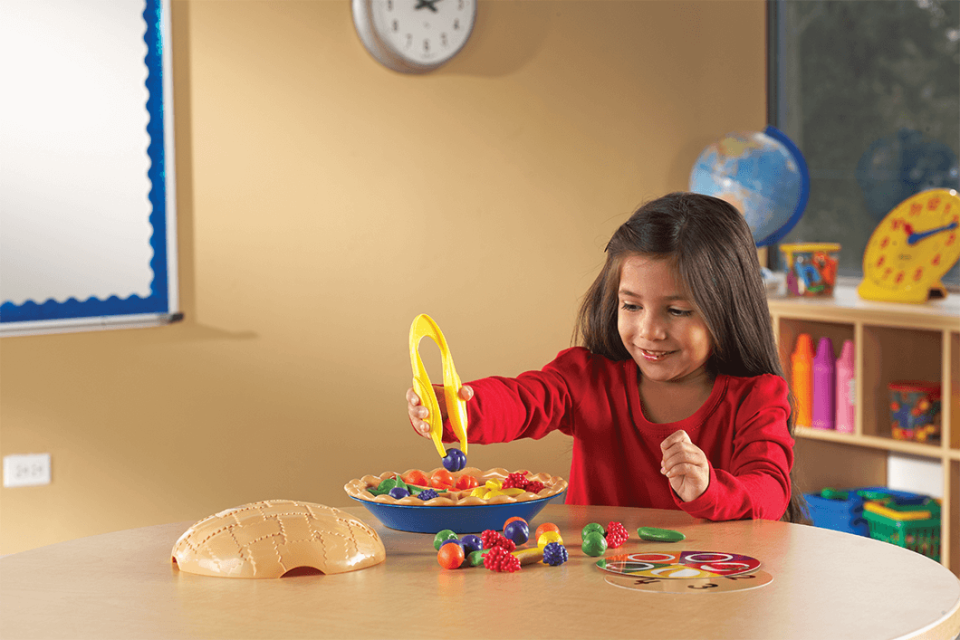Sensory play is more than just messy fun — it’s a vital part of early childhood development. By engaging multiple senses at once, sensory activities help build crucial motor skills, enhance cognitive development, and support language acquisition. For young children, these experiences are the building blocks of coordination, strength, and fine motor control — all essential for everyday tasks like writing, dressing, and feeding. Whether you’re a parent, carer, or educator, here are some creative and purposeful sensory play ideas that encourage both gross and fine motor skill development.
Sensory Bins with a Twist
Sensory bins are a versatile tool that can be adapted to suit any age or ability. Fill a large tub with materials such as dry rice, coloured pasta, sand, or water beads. Add small scoops, spoons, cups, or tongs to encourage hand-eye coordination and strengthen hand muscles.
- Motor skills focus: Scooping, grasping, pouring, and transferring items enhance both fine motor precision and bilateral coordination.
Playdough and Clay Creations
Moulding playdough or clay encourages children to use their fingers, hands, and wrists in different ways. Introduce rollers, cookie cutters, plastic scissors, and even natural materials like leaves and twigs to stimulate creativity and tactile exploration.
- Motor skills focus: Strengthens finger muscles, improves dexterity, and builds pre-writing skills.
Obstacle Courses
Set up a simple indoor or outdoor obstacle course with pillows, tunnels, cones, and balance beams. Crawling under, climbing over, and balancing on objects is a great way to develop gross motor skills and spatial awareness.
- Motor skills focus: Builds core strength, improves balance, and promotes coordination.
Water Play with Tools
Provide children with buckets, sponges, funnels, turkey basters, and squirty bottles in a water table or tub. Encourage them to transfer water between containers or create their own mini car wash for toy vehicles.
- Motor skills focus: Squeezing, pouring, and manipulating tools support fine motor control and grip strength.
Sensory Painting
Explore finger painting, textured brushes, or even painting with sponges and cotton balls. You can also experiment with different surfaces such as foil, bubble wrap, or sandpaper to add extra tactile feedback.
- Motor skills focus: Encourages pincer grip, wrist rotation, and controlled hand movements.
Threading and Lacing Activities
Use beads, buttons, pasta, or wooden shapes with string or shoelaces to encourage threading. These activities challenge concentration while requiring steady hands and finger precision.
- Motor skills focus: Enhances bilateral coordination, fine motor precision, and visual-motor integration.
Nature-Based Sensory Play
Collect leaves, stones, twigs, and flowers from the garden or park, and create nature collages or textured rubbings. This is not only calming but also helps children explore new textures and shapes.
- Motor skills focus: Picking up small items boosts finger strength and coordination, while rubbing or gluing activities work wrist and arm muscles.
Tactile Treasure Hunts
Hide small toys or themed items inside bins filled with dry beans, kinetic sand, or shredded paper. Ask children to find specific objects using only their hands.
- Motor skills focus: Strengthens tactile discrimination and promotes active hand searching — key to refined motor development.
Supportive Tools and Resources
Many of these activities can be enhanced using quality sensory play items and tools designed for children’s development. For an array of tactile toys, learning tools, and engaging resources, explore the range available at Fun Stuff — a helpful destination for parents and educators looking to make playtime both educational and entertaining.
As you can see, sensory play offers children a natural and enjoyable way to learn and grow
Through activities that engage touch, sight, sound, and even smell, children build the foundational motor skills they need for success in everyday tasks and school readiness. Best of all, sensory play encourages curiosity, creativity, and connection — all while supporting physical and emotional development. By integrating sensory-rich experiences into daily routines, you’re giving young children a powerful head start — one handful of playdough, splash of water, or crunchy leaf at a time.

